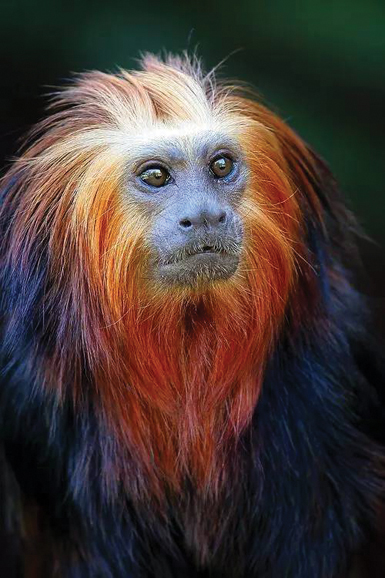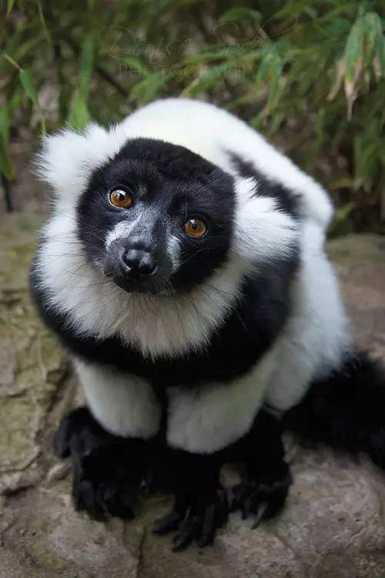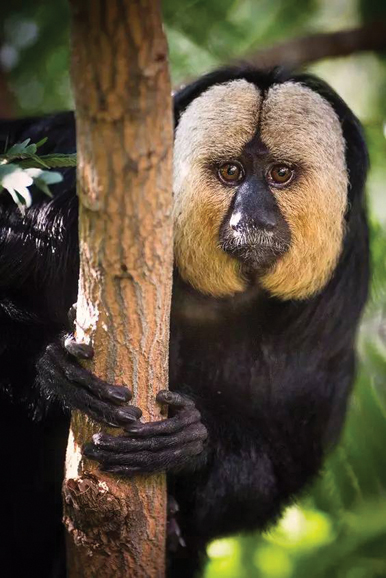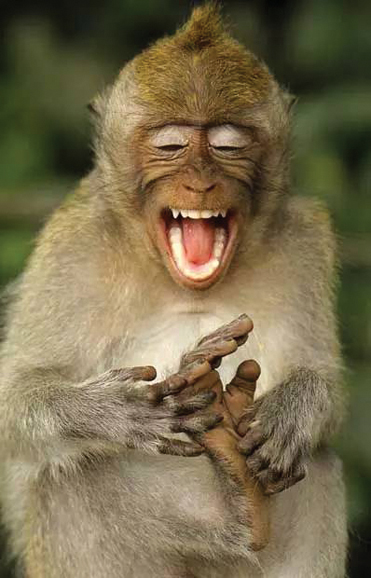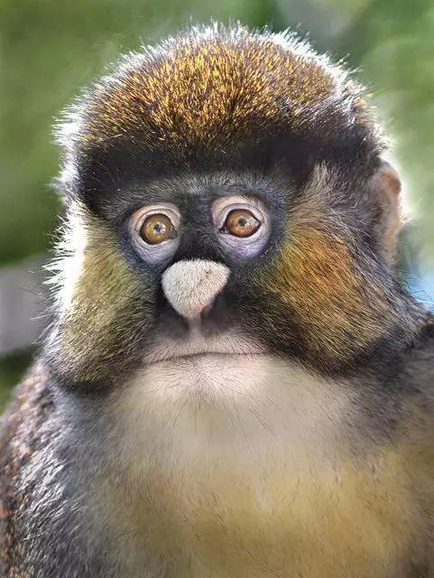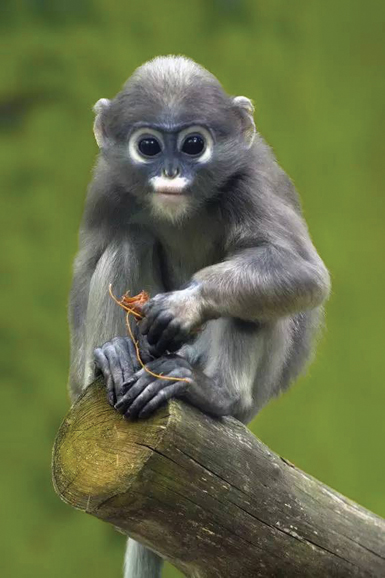According to the Chinese Zodiac, this was The Year of the Monkey. So we sing “Auld Lang Syne” to a time in which we have paid homage to these quick-witted, intelligent, curious and mischievous simians, immortalized in our arts, sciences and overall endeavor to have fun.
Almost everyone is familiar with The Three Wise Monkeys, sometimes called Three Mystical Apes, who together embody the principle, “See No Evil, Hear No Evil, Speak No Evil.” They have been a motif in imagery, such as in Japanese woodblock paintings. One of Mahatma Gandhi’s few possessions was a statue of the three monkeys. As far back as the fourth century B.C. in China, a similar phrase appeared in “The Analects of Confucius,” which incorporated his Code of Conduct — using the monkeys to depict man’s life cycle and advising the wise man to “Look not, listen not, speak not what is contrary to propriety.” Monkeys have figured prominently in Chinese mythology ever since.
Sun Wukong, The White Monkey King was a protagonist in the Chinese classic comic novel “Journey to the West,” while in America, monkeys have appeared in numerous books, movies and TV shows. (“Monkey Business” with Cary Grant, Ginger Rogers and Marilyn Monroe, anyone?) Curious George, in the PBS children’s program, is a favorite of my 5-year-old grandson, Ryan.
In India, Hanuman, a human-like monkey is a prominent Hindu deity who bestows courage and strength. In Buddhism — which also espouses the principle of the three monkeys — some believe a monkey is an early incarnation of the Buddha.
But monkeys also have their slippery connotation. In the West, they are sometimes used to represent a lack of moral responsibility, looking the other way or feigning ignorance — the shadow side of “monkey business” and “monkeying around.” The Three Wise Monkeys may also signify a code of silence in gangs or organized crime.
Still, monkeys have embodied a kind of Hanuman-like courage — whether they want to or not, poor things. The first sentient being to fly into space was not a human but a monkey named Albert I, who was launched in a U.S. rocket on June 11, 1948.
There are about 260 known species of monkeys that have evolved over some 25 to 60 million years from two distinct lineages called New World and Old World Monkeys. Capuchin monkeys are generally considered the most intelligent of New World Monkeys. They have agile hands and can open doors and bottles, catch balls and use tools and thus can be trained to help disabled people. They are loyal and bond for life.
Of the Old World Monkeys, Rhesus Macaques are the most creative, with a kind of Machiavellian cunning. They’ve even been known to mug people. On some islands in Japan, you’re warned to hold onto your purse lest a Rhesus Macaque monkey around with it.
You can see from these photos that each monkey has developed an individual personality conveyed by unique coloring, shapes and amusing expressions. Some bear a distinct resemblance to people we all know — but I leave that to you to figure out.


